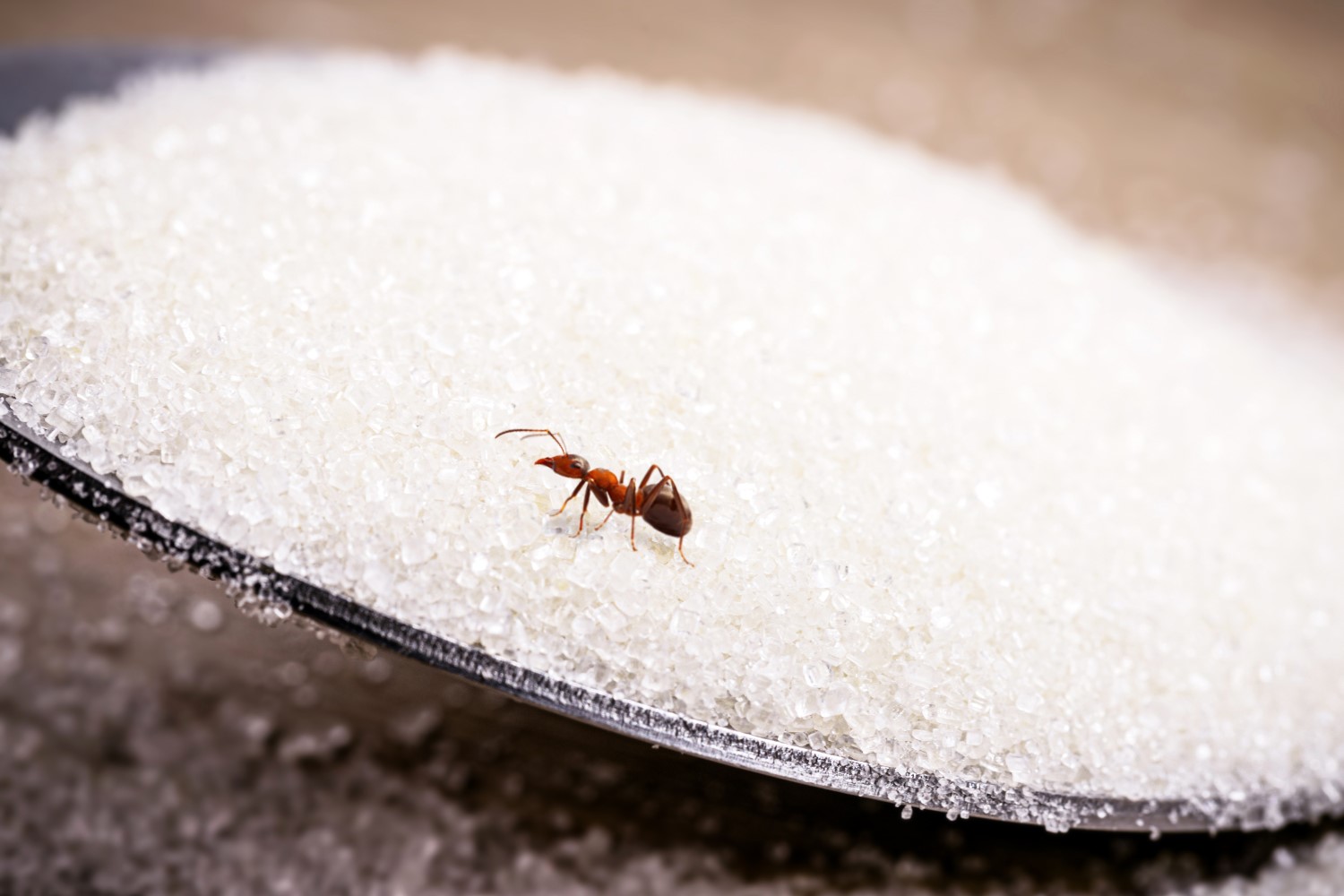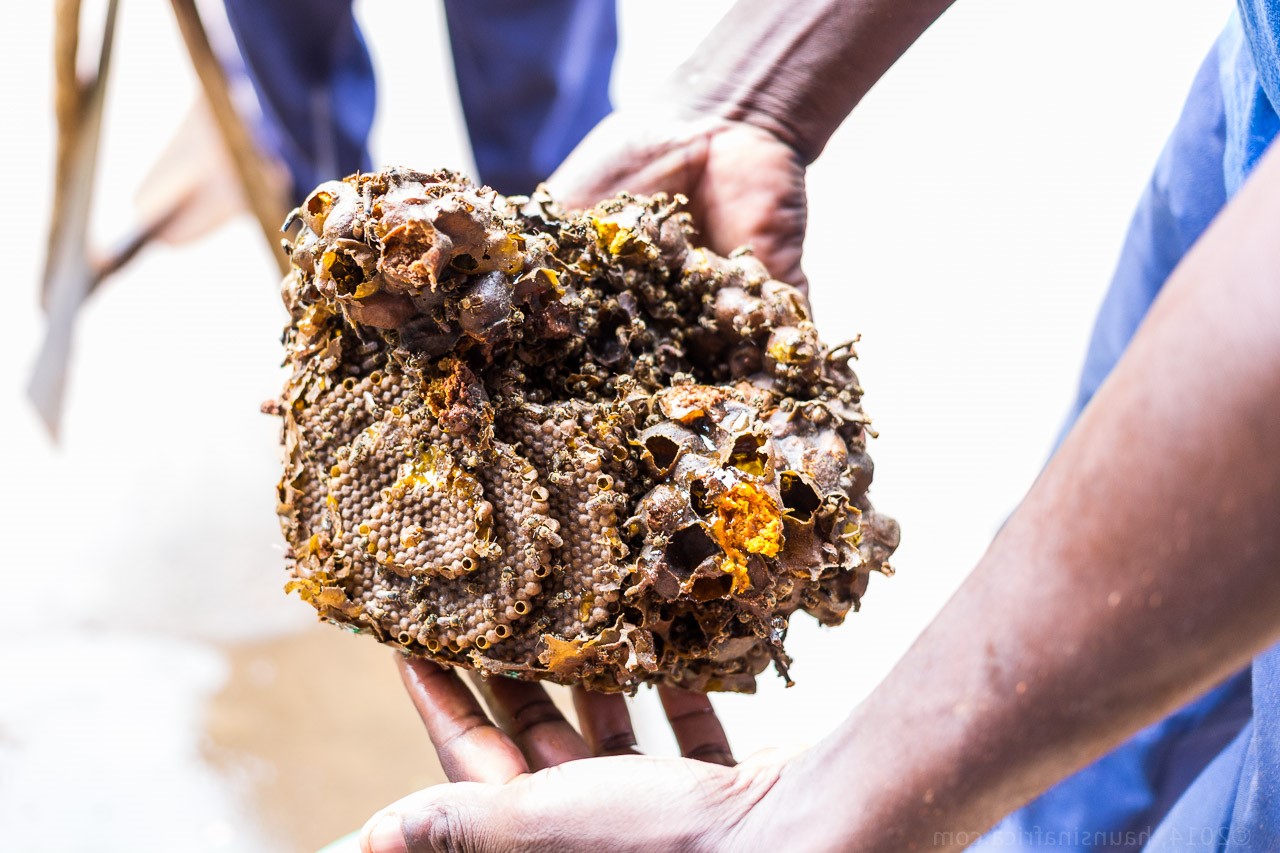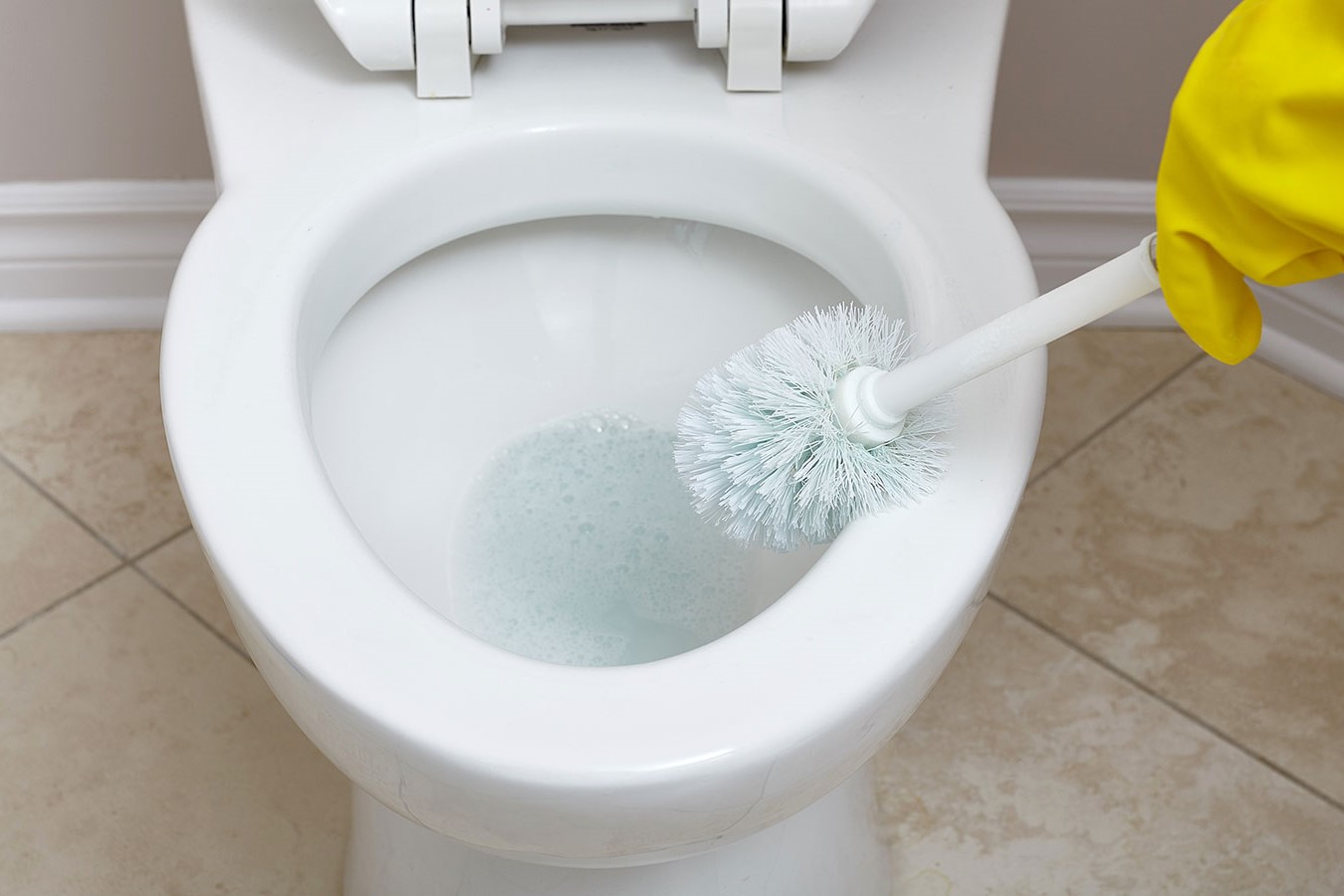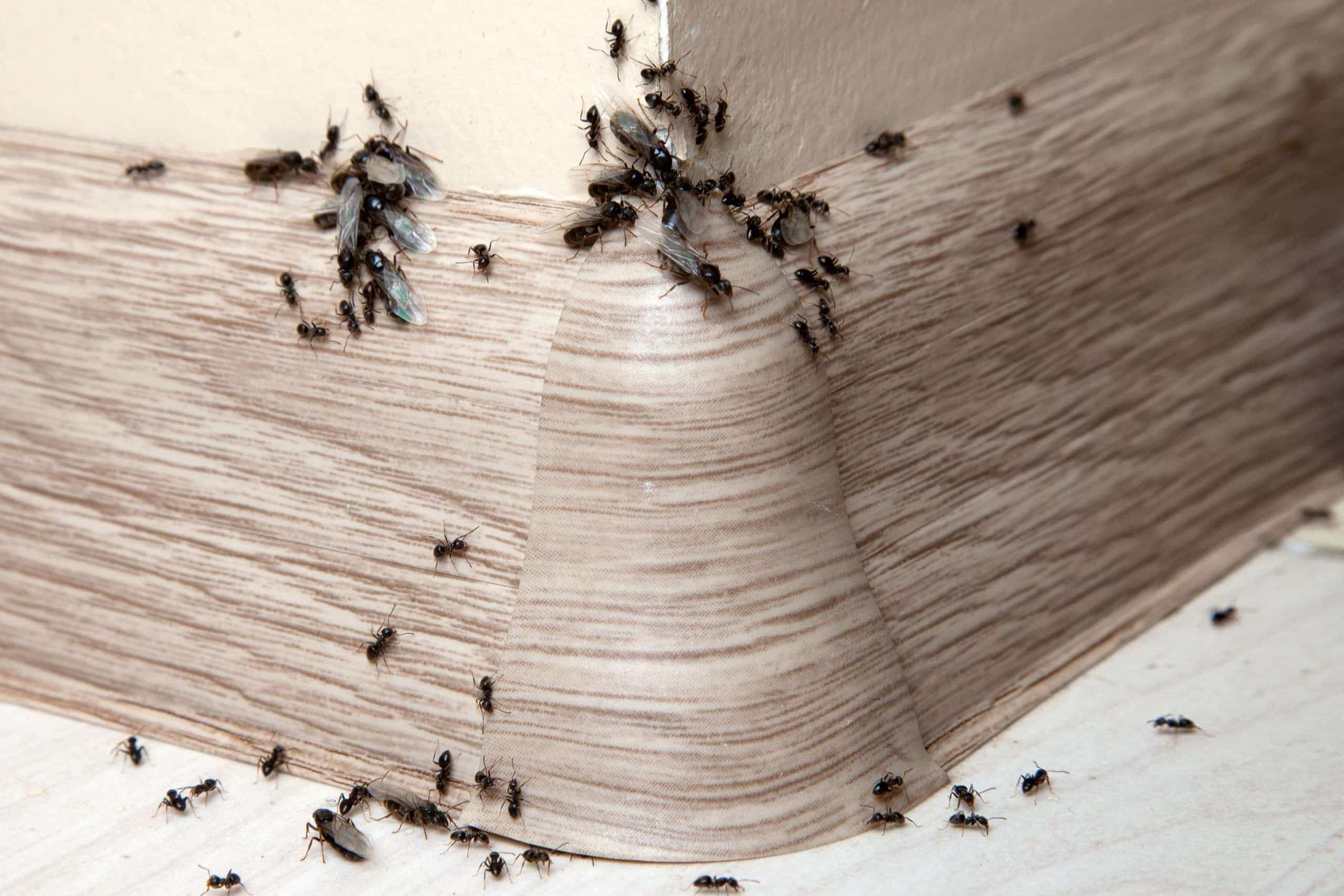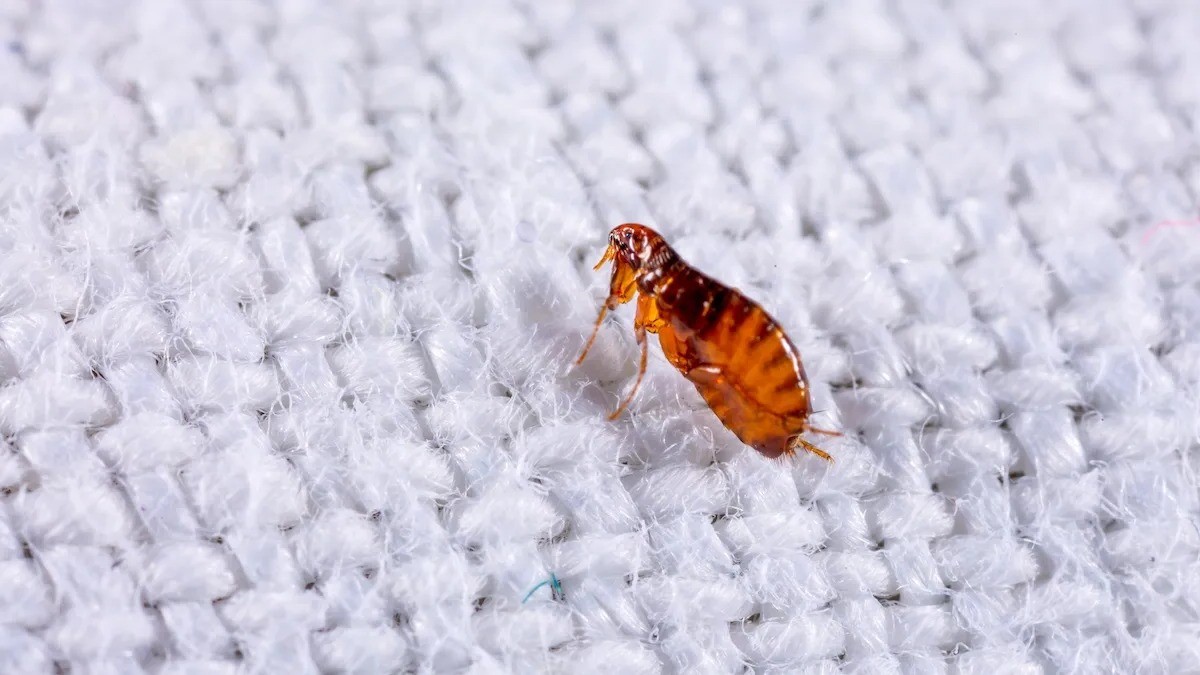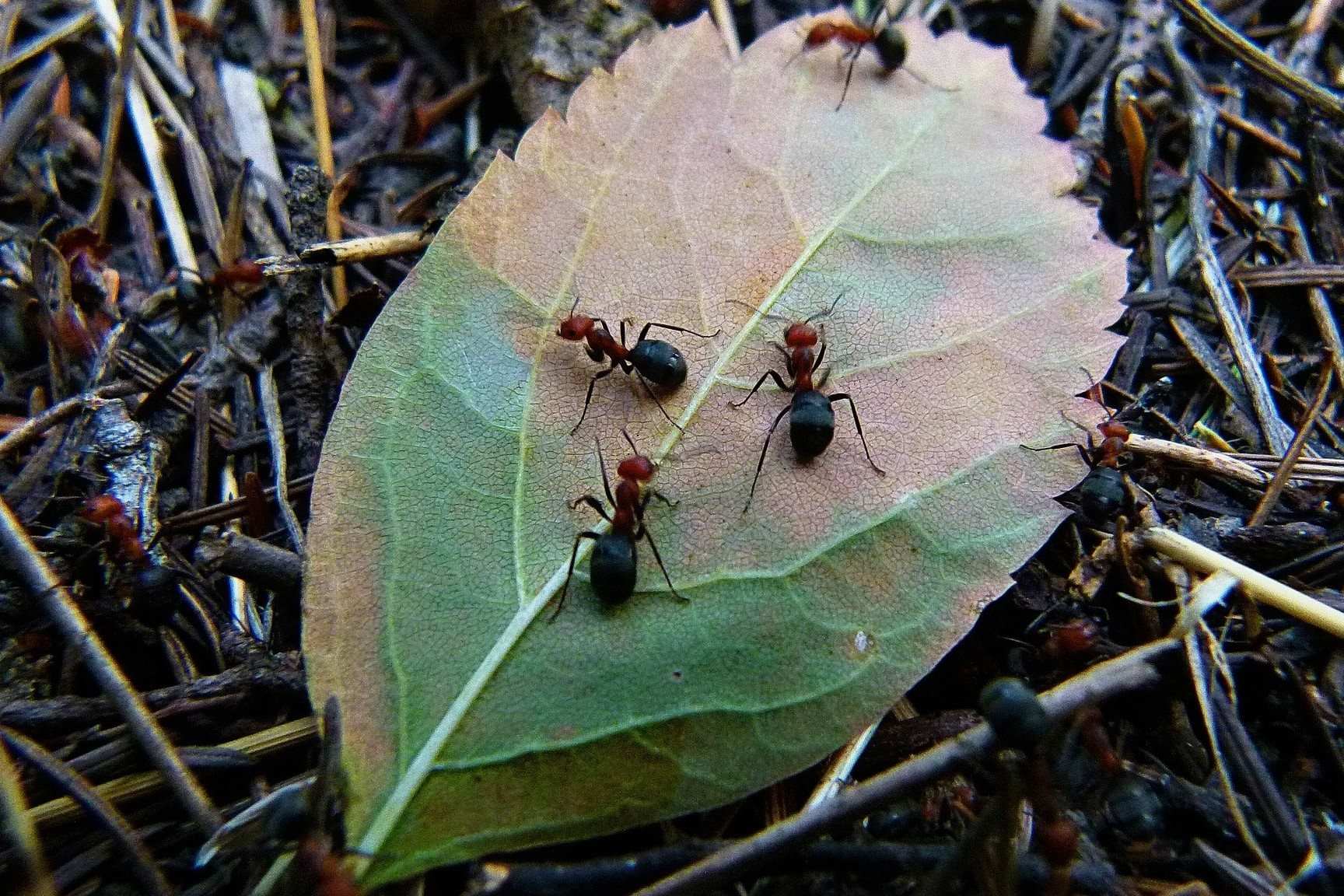Home>Home and Garden>How To Get Rid Of Old Grill
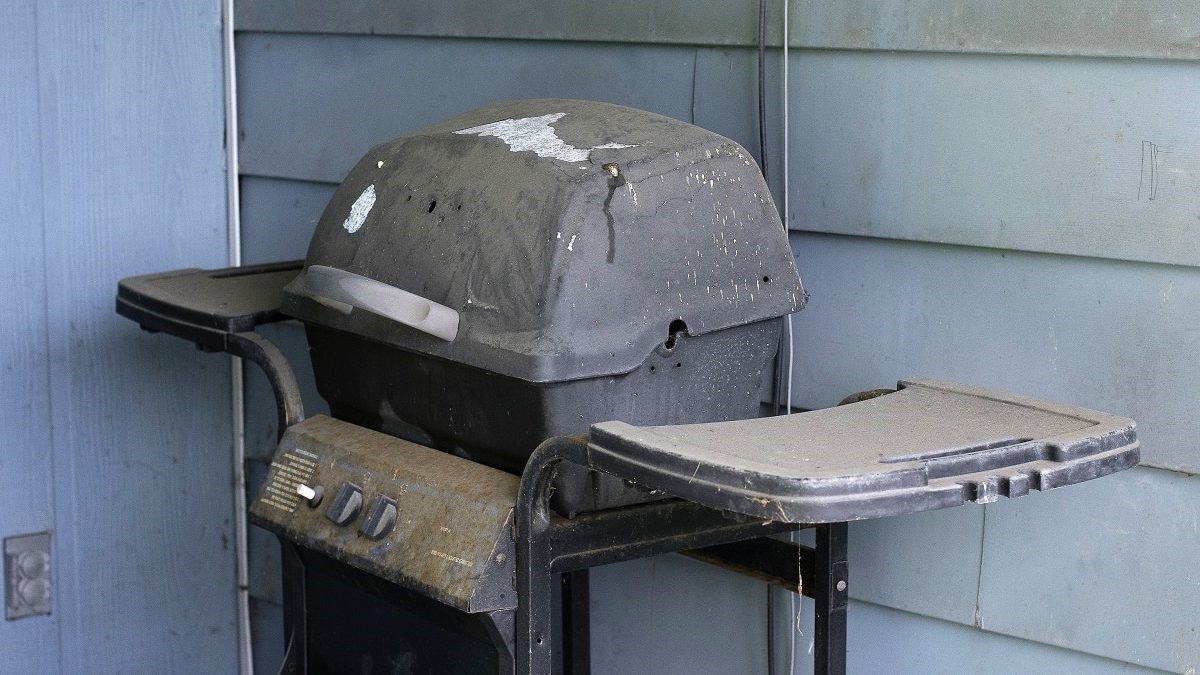

Home and Garden
How To Get Rid Of Old Grill
Published: March 4, 2024
Discover effective methods for removing an old grill and reclaiming your outdoor space with our expert home and garden tips.
(Many of the links in this article redirect to a specific reviewed product. Your purchase of these products through affiliate links helps to generate commission for Noodls.com, at no extra cost. Learn more)
Table of Contents
Introduction
So, you've finally decided to bid farewell to your old grill. Whether it's rusted, worn out, or simply no longer serving its purpose, getting rid of an old grill can be a daunting task. However, with the right approach, you can efficiently and responsibly dispose of it, making room for a new and improved grilling experience.
In this comprehensive guide, we'll walk you through the step-by-step process of parting ways with your old grill. From cleaning and disassembling to exploring disposal and recycling options, we've got you covered. By the end of this journey, you'll not only have a clear plan for removing your old grill but also the satisfaction of knowing that you've handled the process in an environmentally friendly manner.
So, let's roll up our sleeves and dive into the world of grill disposal. It's time to make way for a fresh start and embrace the exciting possibilities that come with upgrading your outdoor cooking equipment.
Read more: How To Get Rid Of Yellowjackets
Step 1: Clean the grill
Before bidding adieu to your trusty old grill, it's essential to give it a thorough cleaning. Over time, grills accumulate grease, food residue, and other debris, making the cleaning process a crucial first step in the disposal journey. Here's a detailed breakdown of how to effectively clean your grill:
-
Gather Cleaning Supplies: Start by assembling the necessary cleaning supplies, including a wire brush, grill cleaner or degreaser, dish soap, water, and a bucket. Additionally, grab a pair of rubber gloves to protect your hands during the cleaning process.
-
Prep the Grill: Ensure that the grill is completely cool before you begin cleaning. This will prevent any accidental burns and make the process safer. Once the grill is cool, remove the grates and any other removable parts, such as burner covers and flavorizer bars.
-
Scrub the Grates: Using a wire brush, scrub the grates to remove any built-up residue and charred food particles. For stubborn grime, a grill cleaner or degreaser can be applied to help loosen the debris. After scrubbing, rinse the grates thoroughly with water to remove any remaining cleaner or debris.
-
Clean the Interior: With the grates removed, access the interior of the grill. Use a brush and soapy water to clean the inside surfaces, including the burners, heat deflectors, and the bottom of the grill. Pay special attention to areas with heavy grease buildup.
-
Wash Removable Parts: Submerge the removable parts in a bucket of warm, soapy water. Use a sponge or brush to scrub away any grease and residue. Rinse the parts thoroughly and allow them to air dry.
-
Wipe Down the Exterior: Don't forget to clean the exterior of the grill. Use a mixture of dish soap and water to wipe down the outside surfaces, removing any dirt, grease, or stains.
-
Dispose of Cleaning Materials: Once the cleaning is complete, dispose of any used cleaning materials responsibly. If you used a grill cleaner or degreaser, be sure to follow the manufacturer's instructions for proper disposal.
By following these steps, you'll not only ensure that your old grill is clean and ready for disposal but also make the process of handling the grill safer and more manageable. With the cleaning complete, you're now ready to move on to the next step in the disposal process.
Step 2: Disassemble the grill
Disassembling your old grill is a crucial step in the disposal process, as it not only makes the grill easier to transport but also facilitates the recycling or disposal of its individual components. Here's a detailed guide on how to effectively disassemble your grill:
-
Gather Necessary Tools: Before starting the disassembly, gather the tools you'll need, such as a screwdriver, adjustable wrench, pliers, and possibly a drill with screwdriver bits. Having the right tools on hand will streamline the disassembly process and make it more efficient.
-
Remove Grates and Burners: Begin by removing the cooking grates and burners from the grill. These components are typically designed to be easily lifted out or detached, allowing for straightforward removal. Place the grates and burners in a safe, designated area for later cleaning and potential recycling.
-
Detach Side Shelves and Panels: If your grill has side shelves or panels, use the appropriate tools to detach them from the main body of the grill. Keep track of any screws or fasteners that are removed, as they will need to be safely stored for reassembly or disposal.
-
Unscrew the Body and Frame: Depending on the construction of your grill, you may need to unscrew the body from the frame or base. Carefully remove any fasteners securing the body to the frame, ensuring that the structure remains stable throughout the process.
-
Separate Gas Components: For gas grills, it's essential to disconnect the gas supply and safely remove the gas components. This may involve using a wrench to disconnect the gas line and carefully detaching the gas manifold and valves. Exercise caution and refer to the grill's manual for specific instructions related to gas disconnection.
-
Organize and Store Fasteners: As you disassemble the grill, keep all screws, nuts, bolts, and other fasteners organized and stored in labeled containers. This will prevent the loss of small components and simplify the reassembly process if needed.
-
Clean and Inspect Components: Once the grill is disassembled, take the opportunity to clean and inspect each component. Remove any accumulated debris, grease, or rust, and assess the condition of the parts. This step is particularly important if you plan to recycle or repurpose any of the grill's components.
By following these steps, you'll effectively disassemble your old grill, preparing it for responsible disposal or potential recycling. With the grill disassembled, you're now ready to explore disposal options and consider the environmental impact of your decision.
Step 3: Dispose of the grill responsibly
Now that your old grill is cleaned and disassembled, it's time to address the crucial task of disposing of it responsibly. Proper disposal not only ensures a clutter-free space but also minimizes the environmental impact of discarding large metal and potentially hazardous components. Here's a comprehensive guide on how to responsibly dispose of your old grill:
-
Check Local Regulations: Before proceeding with disposal, research and familiarize yourself with local regulations regarding the disposal of large metal items, especially those containing gas components. Some areas may have specific guidelines or designated drop-off locations for grill disposal, and understanding these regulations is essential for compliance.
-
Contact Waste Management Services: Reach out to your local waste management services or recycling centers to inquire about their policies and procedures for accepting old grills. Some facilities may offer scheduled pick-up services for large items, while others may have designated drop-off locations where grills can be deposited.
-
Explore Donation Opportunities: If your old grill is still in functional condition, consider donating it to local charities, community centers, or individuals in need. Many organizations and individuals may appreciate receiving a free grill, especially if it can be refurbished or used for parts.
-
Arrange for Curbside Pickup: Inquire with your local waste management services or municipality to determine if they offer curbside pickup for large items such as grills. If available, schedule a pickup date and ensure that the grill is placed in a designated area for collection.
-
Consult Scrap Metal Recyclers: Contact local scrap metal recyclers to inquire about their acceptance of old grills. Metal recycling facilities often accept large metal items, including grills, and may even offer compensation for the metal components based on weight.
-
Consider Professional Removal Services: If you prefer a hands-off approach, consider hiring professional removal services that specialize in large item disposal. These services can handle the entire removal process, from transporting the grill to ensuring proper disposal or recycling.
-
Dispose of Gas Components Safely: If your old grill is gas-powered, it's crucial to handle the gas components responsibly. Contact a certified gas technician to safely disconnect and dispose of the gas tank, valves, and other gas-related parts in compliance with local regulations.
-
Document Disposal Records: Keep records of the disposal process, including any communication with waste management services, donation receipts, or recycling transactions. Having documentation can be valuable for demonstrating responsible disposal practices if needed in the future.
By following these steps, you can ensure that your old grill is disposed of responsibly, minimizing its impact on the environment and potentially benefiting others through donation or recycling. With the disposal process complete, you can now reflect on the positive impact of handling your old grill in an environmentally conscious manner.
Step 4: Consider recycling options
As you embark on the journey of parting ways with your old grill, it's essential to explore recycling options that align with your commitment to environmental sustainability. Recycling not only diverts materials from landfills but also contributes to the conservation of resources and the reduction of energy consumption. Here's a detailed exploration of recycling options for your old grill:
-
Metal Recycling Facilities: Contact local metal recycling facilities to inquire about their acceptance of old grills. Metal components of grills, such as stainless steel or aluminum parts, can often be recycled. These facilities may offer drop-off locations or pick-up services for large metal items, providing a convenient avenue for responsible disposal.
-
Scrap Metal Collection Programs: Some municipalities or waste management services operate scrap metal collection programs, allowing residents to dispose of large metal items for recycling. Check with local authorities to determine if such programs are available in your area and the specific guidelines for participating.
-
Component Separation for Recycling: If your grill contains various metal components, consider separating them for individual recycling. This may include segregating stainless steel grates, aluminum heat deflectors, and other recyclable parts. By categorizing and preparing the components for recycling, you can maximize the potential for resource recovery.
-
Environmental Benefits of Metal Recycling: Highlight the environmental benefits of metal recycling, emphasizing the conservation of natural resources, energy savings, and the reduction of greenhouse gas emissions. By choosing recycling options for your old grill, you contribute to the circular economy and support sustainable practices.
-
Upcycling and Repurposing: Explore creative opportunities for upcycling or repurposing certain grill components. For example, stainless steel grates can be transformed into decorative elements for outdoor spaces, while metal frames may find new life as structural supports for DIY projects. By reimagining the potential uses of grill components, you can extend their lifespan and reduce waste.
-
Educational Outreach and Awareness: Consider engaging in educational outreach about the importance of metal recycling and responsible disposal practices. Share your experience of recycling your old grill with friends, family, and community members, inspiring others to consider recycling options for their own discarded items.
By considering these recycling options, you can actively contribute to the sustainable management of materials and promote a culture of environmental stewardship. Embracing recycling as a fundamental aspect of the disposal process empowers you to make a positive impact on the environment while setting an example for others to follow.
Read more: How To Get Rid Of Cowlicks
Conclusion
As you reach the culmination of the journey to bid farewell to your old grill, it's evident that the process of disposal and potential recycling is not merely about clearing space but also about embracing responsible and sustainable practices. By meticulously cleaning and disassembling the grill, you've not only prepared it for the next phase of its lifecycle but also ensured a safer and more efficient handling process. The conscientious approach to disposal, including exploring responsible disposal options and considering recycling avenues, reflects a commitment to environmental stewardship and resource conservation.
Through the meticulous cleaning process, you've not only restored the grill to its former cleanliness but also ensured that potentially harmful residues and debris are properly managed. The disassembly of the grill, with careful attention to organizing and storing fasteners, has not only facilitated the disposal process but also opened doors to potential recycling opportunities for its individual components. By responsibly disposing of the grill, whether through waste management services, donation, or professional removal, you've minimized its impact on landfills and contributed to the efficient management of large metal items.
The exploration of recycling options has further exemplified your dedication to sustainable practices. By considering metal recycling facilities, scrap metal collection programs, and the potential for upcycling or repurposing grill components, you've embraced the concept of circular economy and resource recovery. Your willingness to engage in educational outreach about the importance of metal recycling and responsible disposal practices demonstrates a commitment to inspiring positive environmental action within your community and beyond.
As you reflect on the journey of parting ways with your old grill, it's important to recognize the broader significance of your actions. By approaching the disposal process with mindfulness and environmental consciousness, you've not only cleared physical space but also paved the way for a more sustainable future. Your decision to handle the disposal of the grill responsibly has set an example of environmental stewardship, inspiring others to consider the environmental impact of their own disposal practices.
In the end, the journey of saying goodbye to your old grill has been more than a practical task – it has been a testament to your dedication to responsible and sustainable living. As you embrace the possibilities of a new and improved grilling experience, you can take pride in knowing that the legacy of your old grill extends beyond its physical form, leaving a positive imprint on the environment and those around you.
